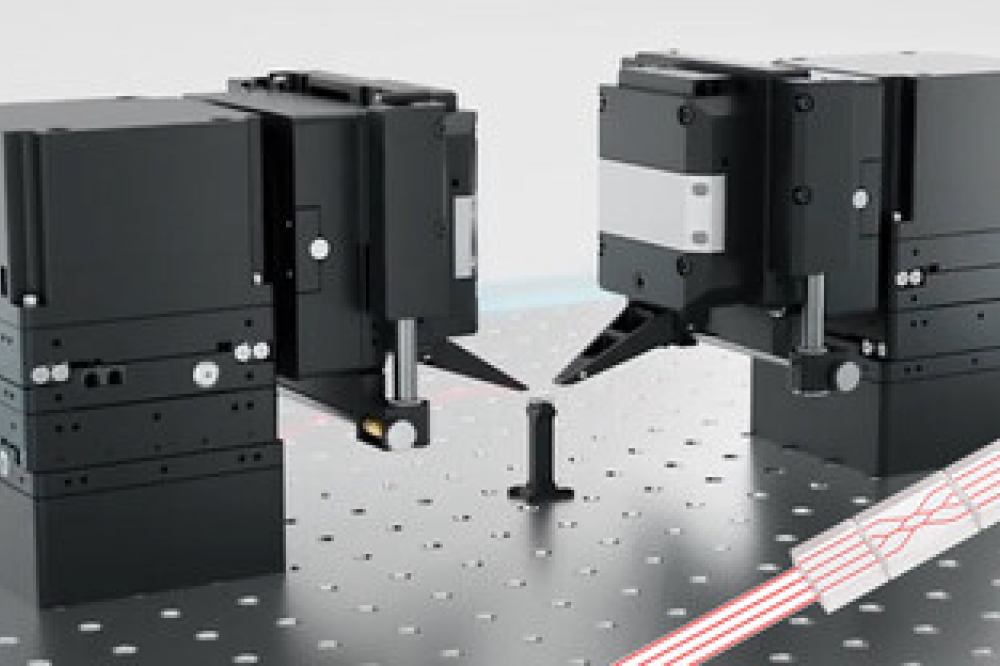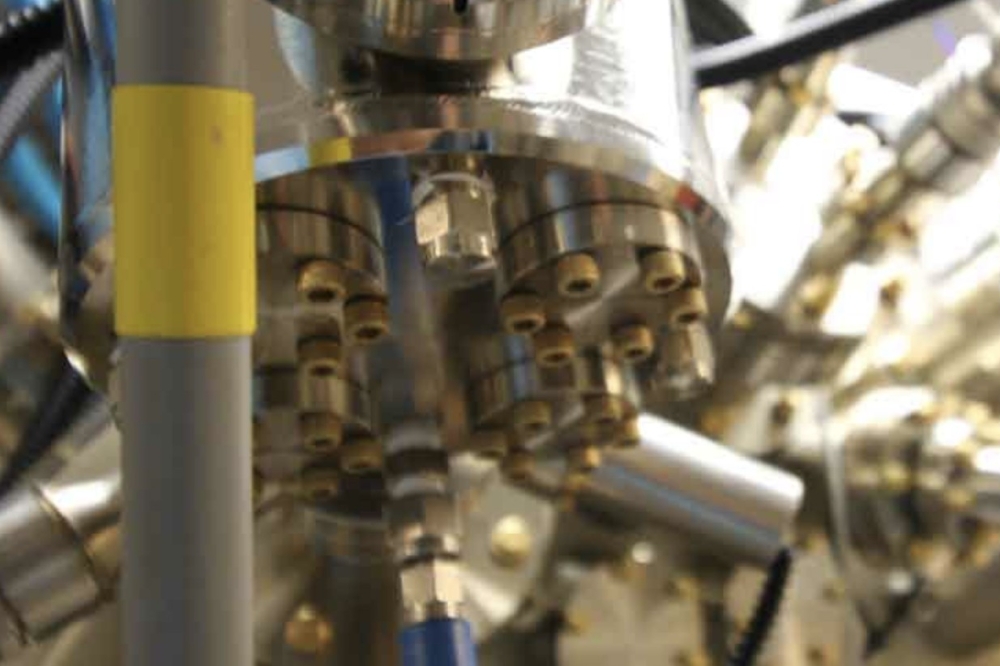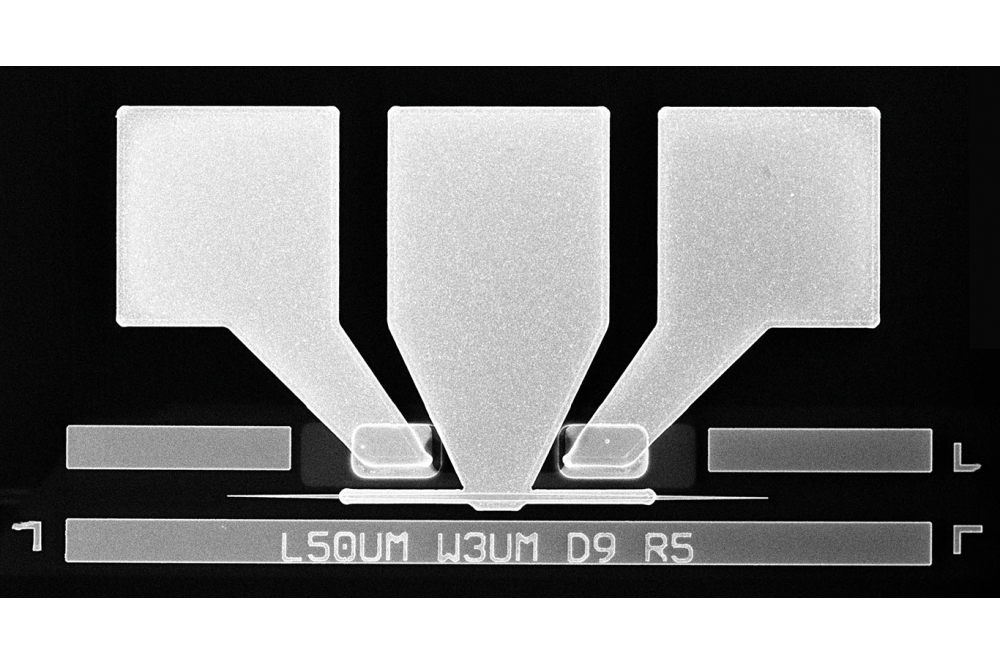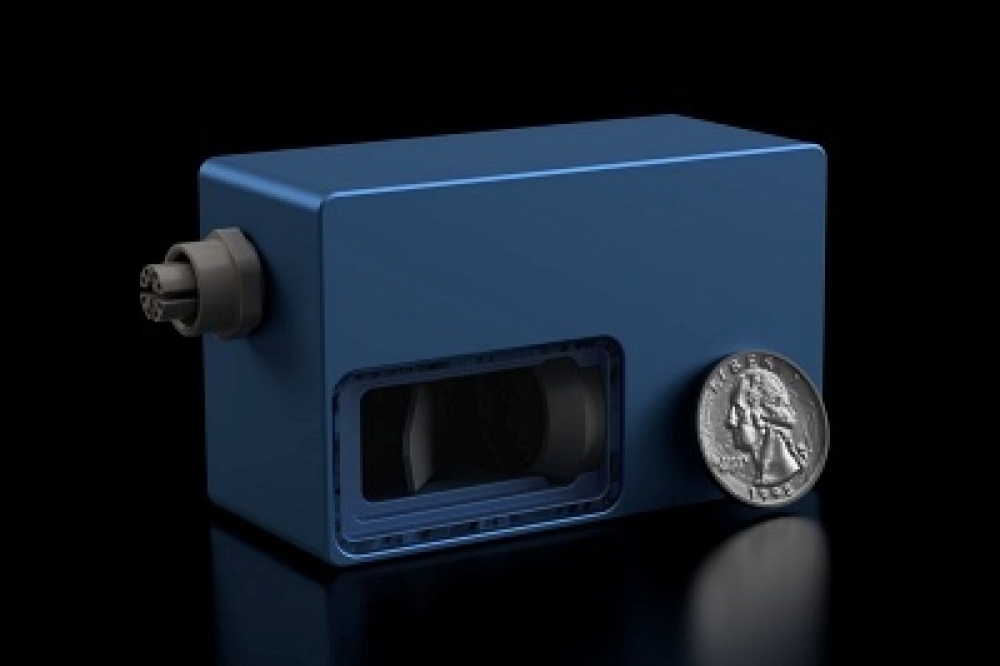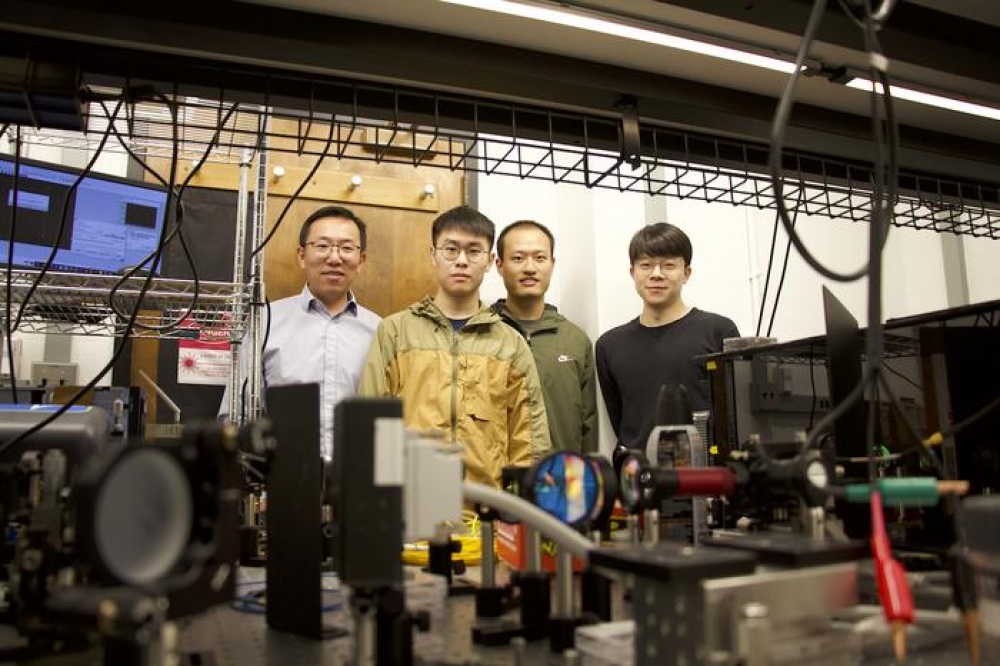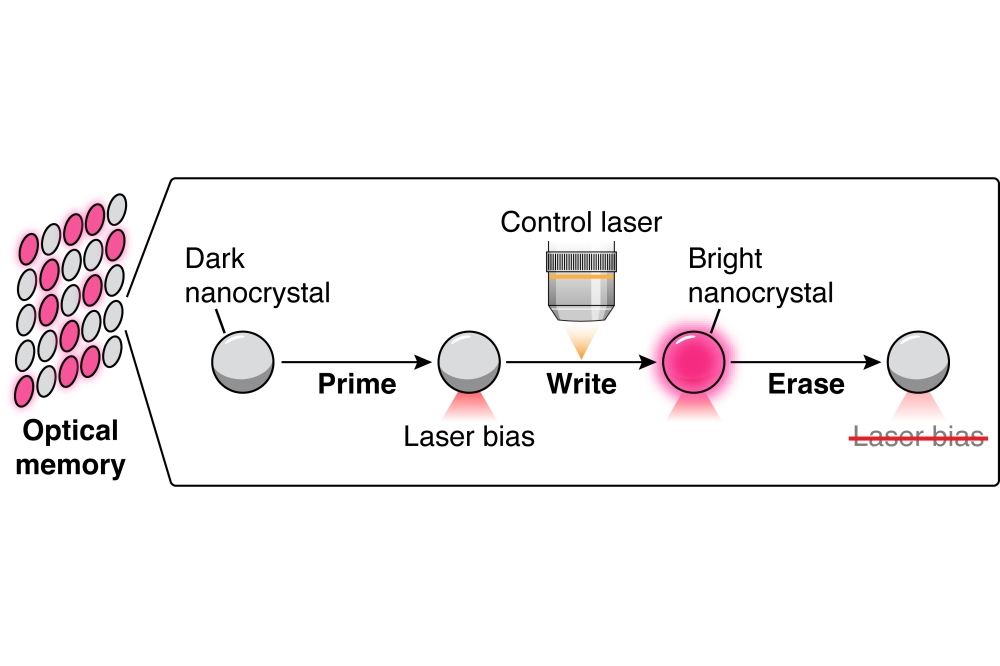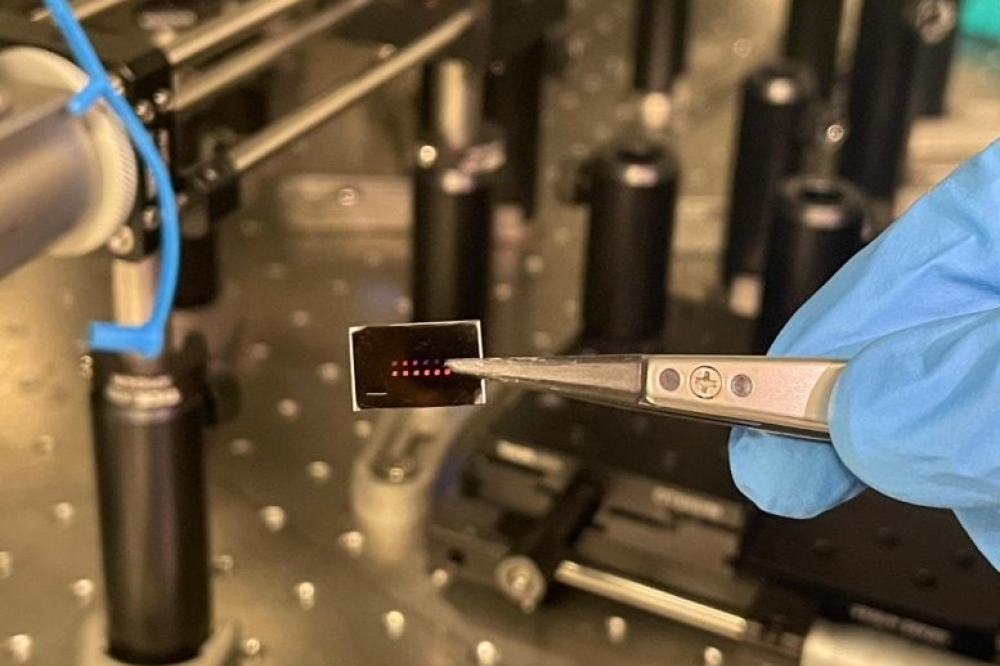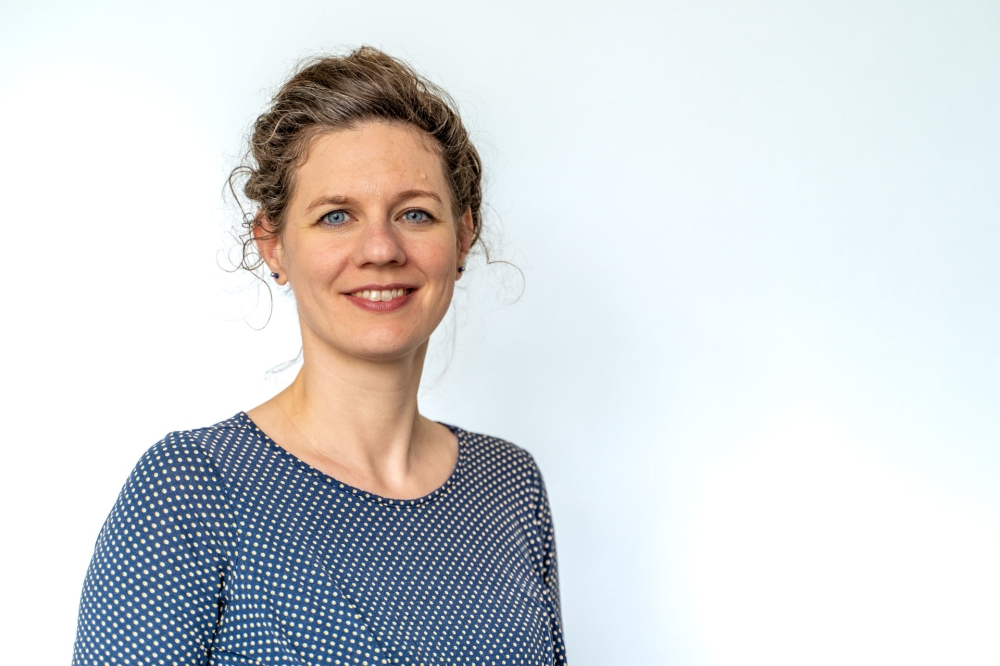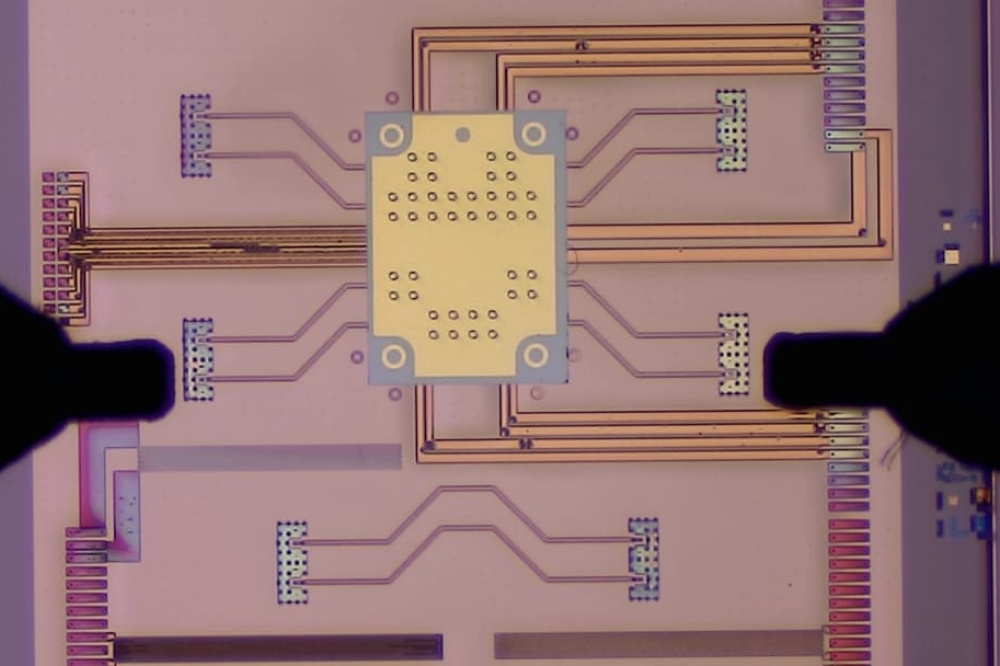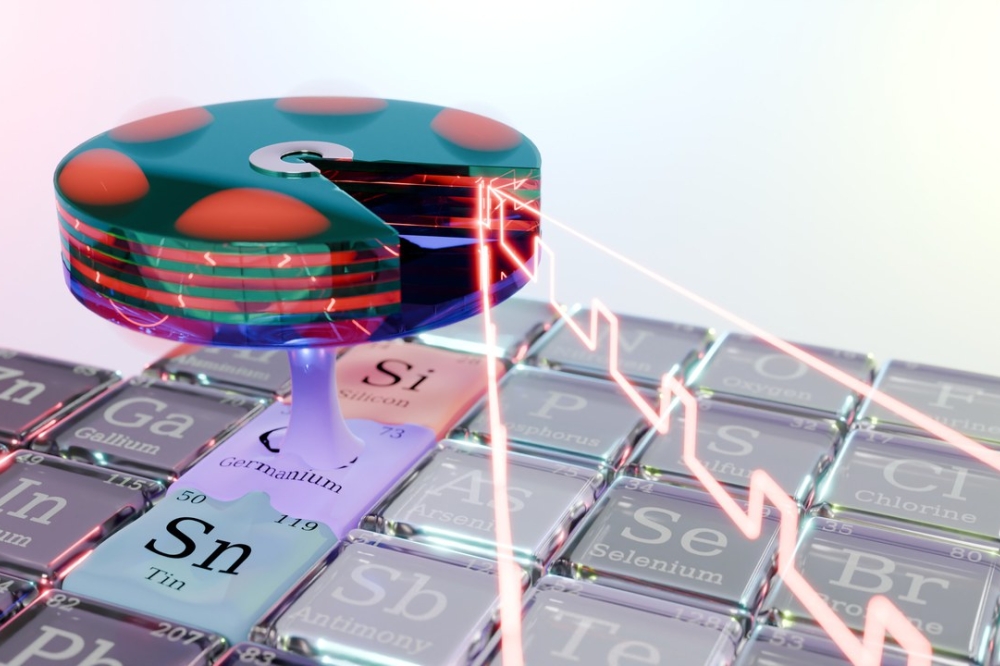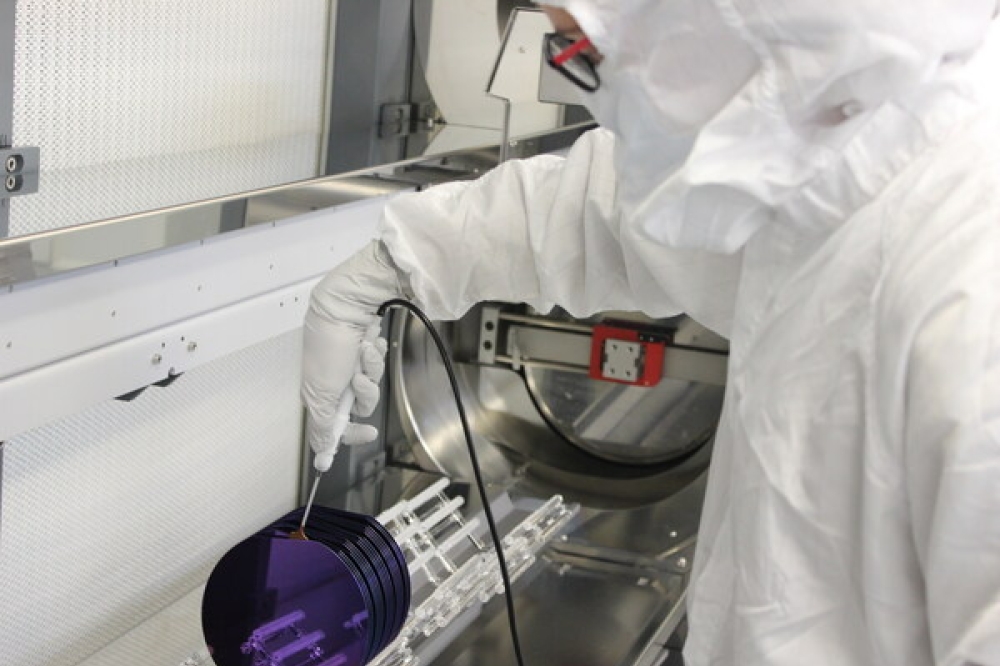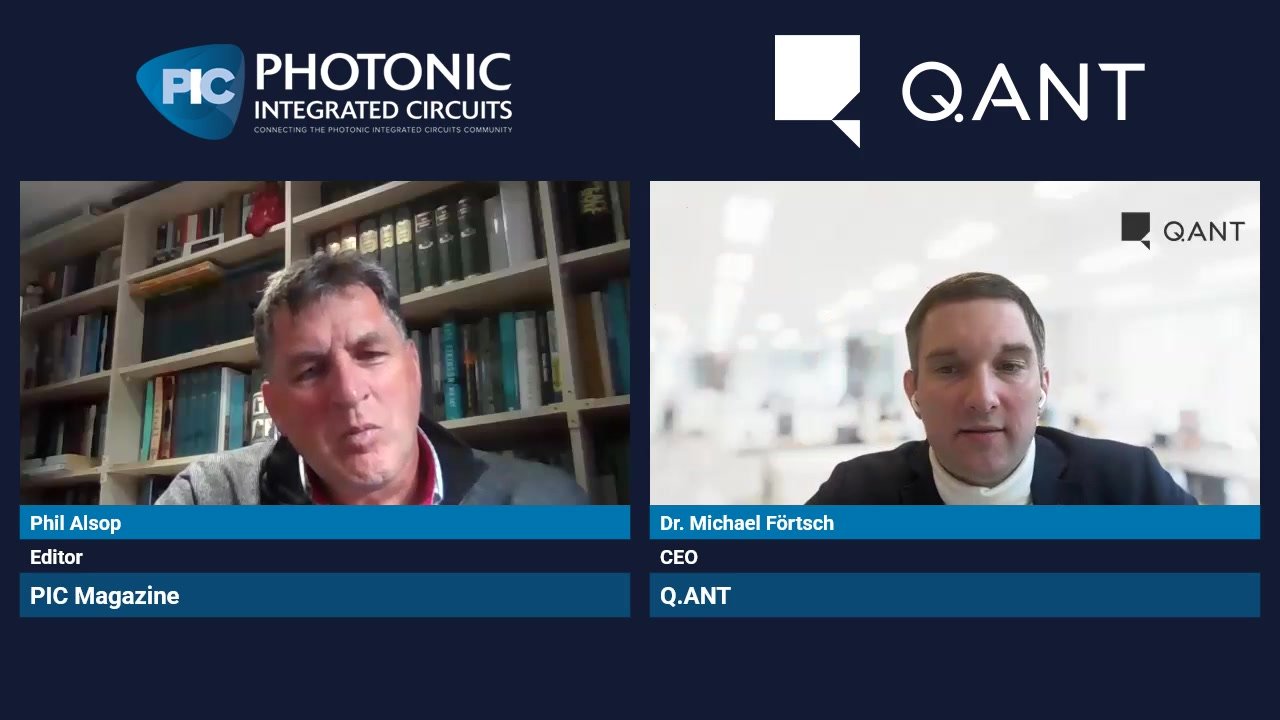South Dakota Mines wins $5 million from NSF for Quantum Materials Institute

The university says that the new institute will focus on developing compact, efficient nonlinear optical systems based on metasurfaces, with applications in integrated photonics and quantum networks
A team of researchers at South Dakota Mines has received a $5 million grant from the National Science Foundation (NSF) to establish a Quantum Materials Institute on campus to advance quantum computing and secure quantum communications.
The Institute, a collaboration with the NSF-funded MonArk Quantum Foundry, aims to provide research funding and equipment focused on the discovery and development of compact, efficient nonlinear optical systems built from atomically thin 2D materials and sub-wavelength flat optics, also known as metasurfaces. These optical systems are expected to find application in chip-scale integrated photonics and quantum networks and boost the university's efforts to advance quantum information science (QIS), said Steve Smith, head of the Department of Nanoscience and Biomedical Engineering and principal investigator on the project.
Robert Anderson, Shan Zhou, and Mingyuan Chen, faculty from nanoscience and biomedical engineering, Tula Paudel from physics, and Alexey Lipatov from chemistry, biology, and health sciences are co-investigators on the project. The team aims to bring their expertise in the synthesis, characterisation, and theoretical analyses of a palette of 2D materials and metasurfaces to pursue a fundamental understanding of materials and systems optimised for second harmonic generation and parametric down-conversion, two important nonlinear optical processes in quantum communication networks based on entangled photons.
QIS includes efforts to develop quantum computers, sensors and secure communication networks, all of which have an advantage over their classical counterparts due to the intrinsic properties of quantum mechanics, according to Smith. “Currently, QIS is a cutting-edge research area supported by federal funding agencies, but a growing industry and emerging job market are taking this research and putting it into practice. I’ve been told Intel can’t find enough U.S. graduates trained in QIS, so there’s an opportunity for South Dakota Mines to serve this industry.”
The university says this recent $5 million grant is a big step towards establishing its robust and sustained QIS effort, building on the teams’ two previous NSF awards, totalling more than $1.8 million. Last year, the university received a $50,000 quantum mechanics laboratory kit from industry pioneer Qubitekk to be used by students in a series of new courses on quantum materials, nanophotonics, quantum computing and quantum communications, offered this year by Smith and Anderson.
In support of their research in low-dimensional quantum materials — a part of the MonArk Quantum Foundry and the Quantum Materials Institute — Smith and Anderson conceived the courses to give engineering and science majors practical training in quantum materials, quantum computing, and quantum communications.
The university says that funding for the Quantum Materials Institute will enable it to expand its quantum curriculum, adding to its recently approved graduate and undergraduate certificates in quantum communications and a planned minor in QIS.



